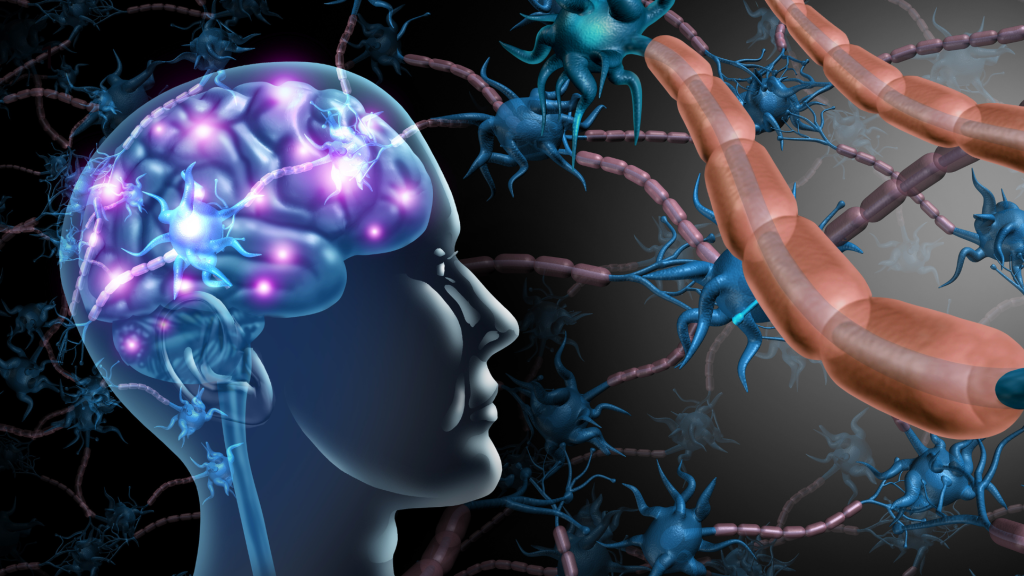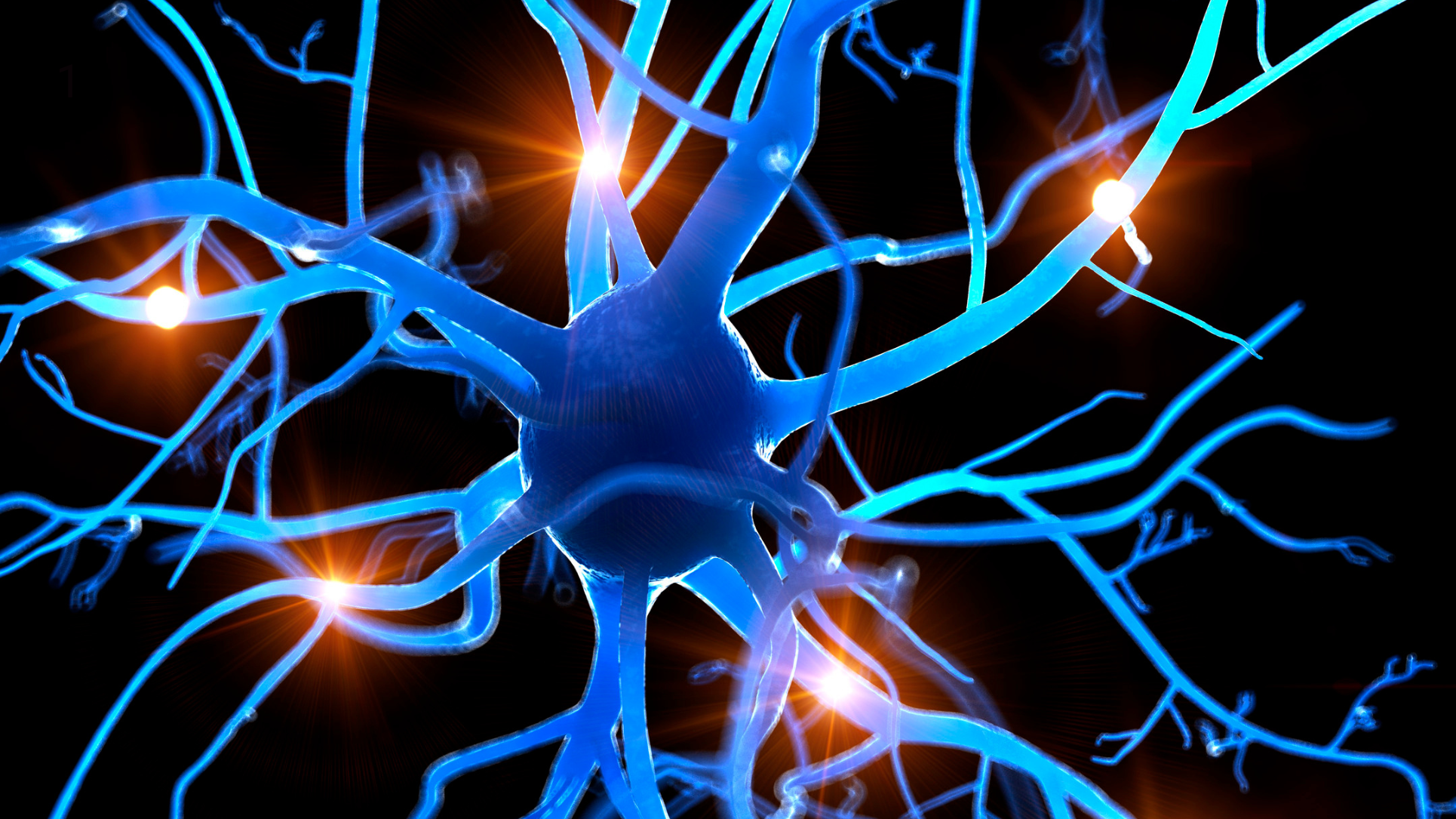Introduction
Let’s get something straight: you are not stuck with an anxious nervous system.
I don’t care what you’ve heard — being “born anxious” doesn’t mean you’re doomed to live in panic mode for life.
Yes, you absolutely can retrain your nervous system to handle anxiety better —I’m living proof.
It doesn’t happen overnight, but through consistent practices like breathwork, vagus nerve stimulation, mindfulness, and somatic exercises, you can rewire your stress response and build real emotional resilience.
If you’re tired of feeling stuck in survival mode, stick with me — because I’m about to show you exactly how to start calming your nervous system naturally and reclaim control over your mind and body.
Thanks to the science of neuroplasticity, the power of the vagus nerve, and proven techniques like breathwork, cold exposure, and mindfulness, you have the tools to retrain your body and brain to handle stress better.
But here’s the no-BS truth: it takes consistent work, not wishful thinking.
The payoff? A calmer mind, a more resilient nervous system, and a life where anxiety doesn’t run the show.
Are You Really Stuck With an Anxious Nervous System? (Spoiler: No)
Many people believe anxiety is a permanent feature wired into them.
While it’s true that genetics and early life experiences shape your baseline, they don’t lock you into a lifetime of struggle.
Enter neuroplasticity — the brain’s incredible ability to adapt, change, and rewire itself through experience.
Studies show that even deeply ingrained emotional responses can be modified.
Through focused practices, you can create new neural pathways that favor calm, control, and emotional stability over panic and fear.
Your brain isn’t set in stone — it’s more like clay, always ready to be reshaped if you know how to mold it.
How the Nervous System Handles Anxiety — The Science You Need to Know
To beat anxiety, you need to understand the systems running the show:
Your autonomic nervous system has two main branches:
- Sympathetic (fight-or-flight): pumps you full of adrenaline and cortisol to react to threats.
- Parasympathetic (rest-and-digest): calms you down, slows your heart, and restores balance.
Anxiety is what happens when your sympathetic system hijacks the wheel — often without a real threat present.
The vagus nerve plays the leading role in bringing you back to calm.
Think of it as your body’s built-in relaxation button — but if you don’t train it, that button gets rusty.
The Power of the Vagus Nerve—Your Built-In Calm Switch

Here’s why the vagus nerve matters:
- It runs from your brainstem to your heart, lungs, and gut.
- When activated, it slows your heart rate, lowers blood pressure, and shuts off the panic alarm.
- High vagal tone = quicker recovery from stress. Low tone = stuck in fight-or-flight hell.
The good news?
You can strengthen your vagal tone through simple daily practices — breathwork, humming, cold showers — and build a faster, stronger relaxation response over time.
Science-Backed Ways to Retrain Your Nervous System
Here’s your new toolkit. These methods aren’t just “nice ideas” — they’re science-backed, nerve-rewiring weapons against anxiety.
1. Breathwork (The Fastest Calm-Down Button)
Deep, slow breathing directly stimulates the vagus nerve and shuts off the fight-or-flight response.
Methods to try:
- Box Breathing: Inhale 4 sec → Hold 4 sec → Exhale 4 sec → Hold 4 sec → Repeat.
- 4-7-8 Breathing: Inhale 4 sec → Hold 7 sec → Exhale 8 sec.
Daily Practice Tip: 5 minutes every morning before scrolling your phone.
2. Cold Exposure (Tough But Effective)
Deliberate cold exposure triggers the mammalian dive reflex, activating your parasympathetic nervous system like flipping a switch. Options:
- End your shower with 30 seconds of cold water.
- Splash your face with icy water during anxiety spikes.
Bonus: Over time, cold exposure increases stress resilience and sharpens mental focus.
3. Mindfulness and Meditation (Rewiring Your Emotional Brain)
Meditation physically changes your brain’s structure:
- Shrinks the amygdala (fear center).
- Strengthens the prefrontal cortex (logic and calm center).
Even 10 minutes a day of focused breathing or mindful awareness can build a less reactive brain.
Fact: Long-term meditators show less inflammation, lower cortisol, and greater emotional control.
4. Somatic Exercises (Resetting Stress Held in Your Body)
Anxiety is not just “in your head”—it’s stored in your muscles, fascia, and nervous system. Release it through:
- Progressive muscle relaxation (tense, then relax each muscle group).
- Tremoring/Shaking (yes, literally shaking off stress).
- Butterfly Hug (cross arms, tap shoulders alternately while breathing slowly).
Daily Practice Tip: 5 minutes of somatic release exercises at the end of your workday.
5. HRV Training (Strengthen Your Heart-Brain Connection)
Heart Rate Variability (HRV) is a gold standard for measuring your nervous system’s flexibility.
- Higher HRV = better stress management.
- Lower HRV = stuck in fight-or-flight.
Using HRV tracking apps, or simply training with slow breathing and mindfulness, improves your baseline resilience massively.
How Long Does It Take to Retrain Your Nervous System? (Realistic Expectations)

Don’t expect overnight miracles.
Here’s the timeline reality:
- Immediate: Breathwork and cold exposure can calm you down within minutes.
- 6–8 Weeks: With consistent daily practice, you’ll start noticing easier recoveries from stress.
- 6+ Months: True neuroplastic rewiring and deep emotional shifts become evident.
Key: Tiny, consistent daily actions > occasional massive efforts.
The nervous system rewards persistence, not perfection.
Facing Fears Gradually – Training Your Stress Tolerance
Avoidance feeds anxiety.
Exposure starves it.
The brain’s amygdala learns by experience — and when you gradually face stressors without catastrophe, it rewires itself to stop freaking out.
Practical Exposure Examples:
- If public speaking terrifies you, start by practicing in front of one trusted person.
- If social settings trigger you, spend 5 minutes in a coffee shop — then 10, then 20.
Small steps → Big nervous system upgrades.
Common Questions About Nervous System Training
Q1: Can I completely eliminate anxiety?
➡️ No — but you can dramatically lower its intensity and gain full control over your responses.
Q2: What’s the fastest way to calm down?
➡️ Deep breathing + cold exposure = Instant parasympathetic activation.
Q3: Is breathwork and meditation enough?
➡️ For many, yes. But if trauma is severe, adding therapy or somatic bodywork supercharges the healing.
Q4: I’m overwhelmed — where should I start?
➡️ Simple: Start with 5 minutes of daily deep breathing. Build from there. Progress, not perfection.
Practical Daily Plan to Start Retraining Your Nervous System
Morning:
- 5 minutes deep belly breathing.
- 2-minute cold splash.
Midday:
- Mindful body scan: Notice and relax tension.
Evening:
- Somatic shaking or stretching.
- Short reflective journal: 1 thing you handled better today.
Consistency beats intensity.
Do this daily, and your nervous system will start rewiring itself faster than you think.
Conclusion: You Are Not Stuck — You Are Trainable
Your anxiety isn’t your destiny.
It’s your current state — and states can change.
Your brain and nervous system are designed to adapt, but only if you show up and do the work.
Every deep breath, every cold splash, and every tiny mindful moment you practice is a vote for a calmer, stronger you.
Start today. Even five minutes is enough.
The life you want — the calm, the confidence, the control — is 100% possible.
But it doesn’t happen by waiting.
It happens by training.
(P.S.: Bookmark this. You’re going to need it when you start building your new nervous system. And trust me —you’ll want the reminder that you are not stuck. You are trainable.)



